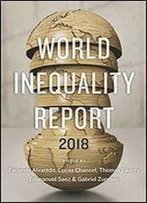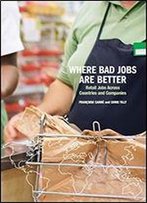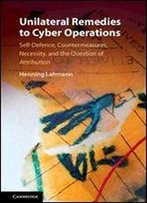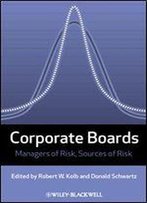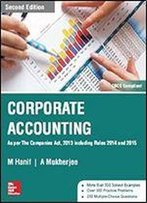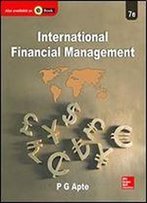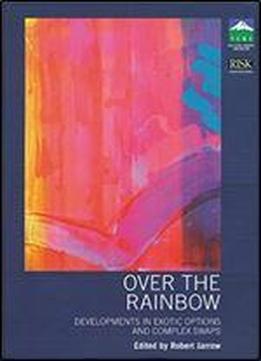
Over The Rainbow: Developments In Exotic Options And Complex Swaps
by Robert A. Jarrow /
1996 / English / PDF
8.8 MB Download
Modern option pricing theory began, for all practical purposes, with the seminal papers by Black and Scholes (1973) and Merton (1973). These papers priced options in frictionless, competitive and continuous trading markets. A frictionless market is one in which there are no transaction costs and no restrictions on trade. A competitive market is one in which all traders act as price takers, believing that they can buy or sell as much of any security as desired without affecting the price. A continuous trading market is one in which a trader is able to revise his portfolio position continuously. Obviously, these assumptions are only approximations to reality.
Under these assumptions, an option may be priced by means of an intuitive, but heuristic, no-arbitrage argument. This intuitive argument is as follows. Viewing an option as a function of the underlying stock and riskless borrowing, a position in the option and the stock may be constructed such that, over an instant in time, the position is riskless. (The riskless position in the stock and option is commonly known as a "delta hedged" portfolio.) In order to avoid creating an arbitrage opportunity that is, a portfolio position with no risk, but a return greater than the riskless rate the option's value must satisfy a partial differential equation. The partial differential equation is obtained by applying Ito's lemma a stochastic version of a Taylor-series expansion to the option's value. The solution to this partial differential equation is the well-known Black-Scholes formula. Risk management issues arise as simple corollaries to this theory.

